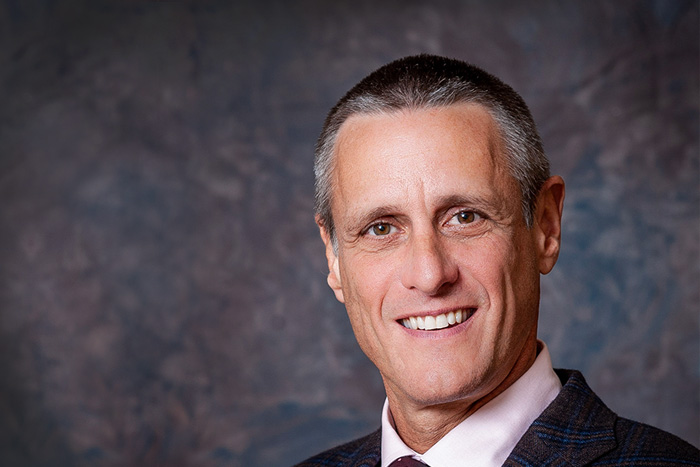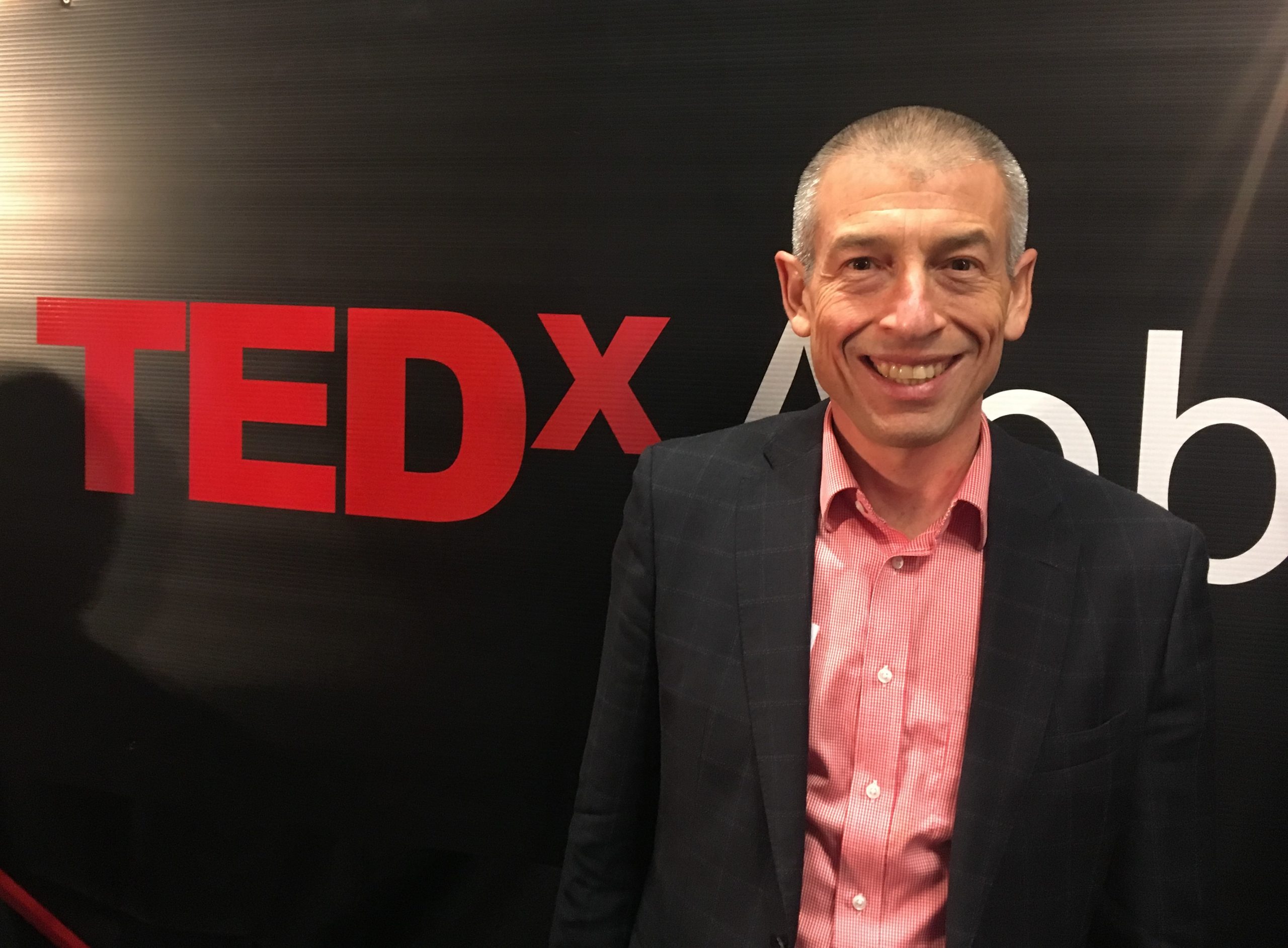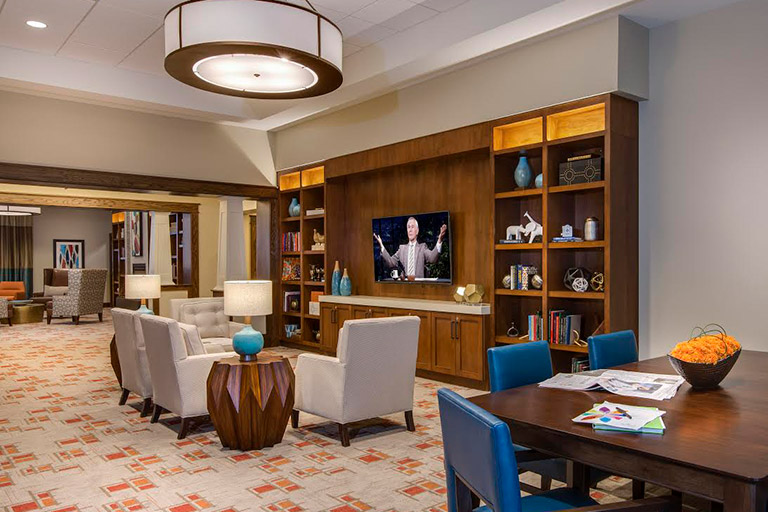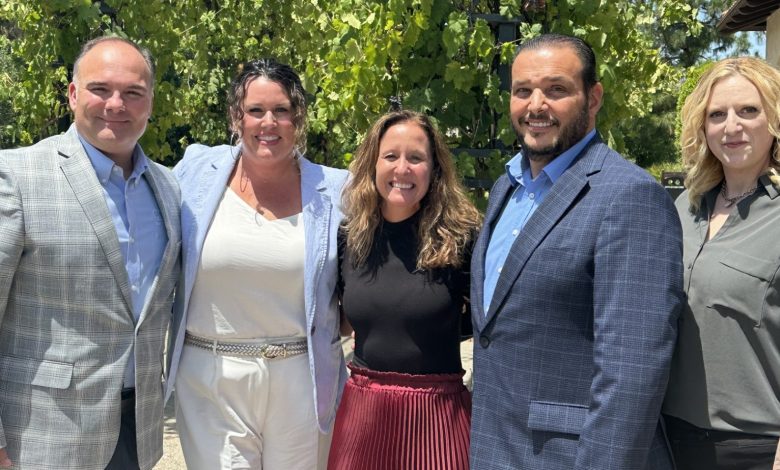
HEALTHTAC West 2024 Panel: Balancing Local Versus National Suppliers: the Pros and Cons of Both
By Jim Nelson | August 15, 2024
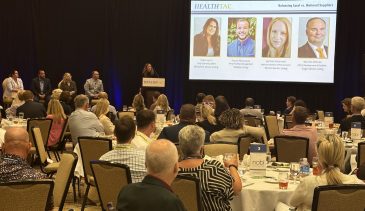 SAN DIEGO, CA — In conjunction with our sister company, HEALTHTAC, Senior Living News recently held an executive event at The Rancho Bernardo Inn in this southern California city. We hosted five panels that covered staffing solutions, empowering tomorrow’s leaders, marketing to seniors who intend to age at home, and dementia.
SAN DIEGO, CA — In conjunction with our sister company, HEALTHTAC, Senior Living News recently held an executive event at The Rancho Bernardo Inn in this southern California city. We hosted five panels that covered staffing solutions, empowering tomorrow’s leaders, marketing to seniors who intend to age at home, and dementia.
The first panel was moderated by Jen Nolan, who founded ProcurePros and Jen Nolan Consulting Group after nearly 18 years with Brookdale. Joining Nolan on the panel were Wickshire Senior Living Chief Operating Officer Staci Lynn; Frank Mancuso, Vitality Living VP of Facilities Management; Sinceri Living National Director of Procurement Jaimie Steensen; and Cogir Senior Living SVP of Development and Facilities Development Martin Wilson. Speaking to a packed ballroom, the panelists discussed the balancing act performed by operators when they consider using local suppliers vs. national ones.
Nolan began by asking Wilson to define what local vs. national means to him.
“Starting at a memory care 25 years ago, being at the local level,” he said, “I look at national providers a little bit different. I look at national vendors as a twofold: I have service and I have what I would call preventative maintenance. If you think of a large national vendor, they do great at scheduling, providing, and behind that you should build KPIs around that and the discussion talking points for that. But you also have to build a service level at the communities because the people that are in their corporate office don’t really measure down at the bottom. If I think of two providers, I think of a national vendor as providing an overlay of a contract service provider and then you have the service component of it as well. So, in building those long-term solutions and keeping those two in mind, building KPIs and measurables, what is the NPS score at the community level? Not at the national level: those are two different things, right? Engaging the community is making sure that they understand the contracts, how is the service being provided? Who do they call? And then you also have your national providers — what are the rebate programs you could get involved in? What are the terms and conditions of every report or service contract that’s provided?”
Next, Nolan asked Mancuso about some of the factors that he thinks about when he’s deciding how to approach national: does he work with a company that can service all of his communities or maybe just a handful?
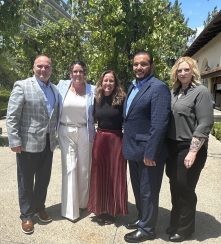
“I’ve been in senior living for the last 20 years,” Mancuso shared. “Prior to that I was in retail, the big guys — Limited and Toys R Us — so I started my career with the same the question that you put to Martin: Do you want the local guy? The mom-and-pop? Do you want the big company that’s going to probably call the mom-and-pop to do the work for them anyway, but some of those mom-and-pops don’t work on Christmas, don’t work on Thanksgiving, so who are you going to call? So the way I’ve always tried to have it set up was to try and create the local relationship, who’s going to give back to the local communities, and then have the backup, preferred vendors that can be respond to communities 24/7 when that mom-and-pop is on vacation, [or on] Christmas, and Thanksgiving. As far as contract services and larger services [are concerned], if it’s a renovation or construction, it depends on how many projects are going on at one time in the area or how small it is. The local interior designer may be a good fit; they know the area; they know what to propose to that community. Then again, you can get the national person who may be just as good, but they’re not going to take the time to help us with that one, little 30-bed building. They want the big jobs. You keep those local companies, it’s good to have them, but to have that ace in your pocket the national companies work as well.”
Steensen was asked by Nolan about her use of group purchasing organizations.
“Shout out to Navigator, our GPO,” she began. “They’ve been instrumental in utilizing the national partners. That’s one of my first questions: Do you partner with the GPO? Because it’s not that we’re just looking for the best savings, we’re also looking for service. I’ve had, unfortunately, a few rollouts with some national vendors that didn’t go so well, but I’ve also had some that have gone amazing. I think the other component is that relationship. It’s not just about sales, it’s also about the implementation, it’s about the follow-through, it’s about how are you going to follow along with us in this journey of bringing on your product or service? Because if that falls short, it’s not going to work, and you have to find a different source. I think that’s one of the biggest things. If it’s with that national partner, our GPO is there, right along with us, to be able to help us work with that vendor partner, so it’s not just you fighting that fire if you have that partner to be able to do that, too. With that, though, if you do the local or regional, you have that expertise even though they may not be walking along right beside me, my GPO partner, but I’ve learned so much from how they do things that I can follow through with those questions, too. I really look to them for a lot of that additional support.”
Nolan pointed out that she and Lynn had talked about the opportunity of working with nationals and the importance of communication and how it can be a struggle to get to the right level.
“I grew up in the Brookdale world,” said Lynn, “so we are used to economies of scale. At Wickshire, we have eight communities — at the most we had 20, we now have eight — so if you think about buying power, we are a small player in the field. I was used to large scale, quick response times, your biggest dollars coming in, you’re going to get your best customer service. We chose to go the route of a GPO as well because we don’t have in-house procurement, so I needed at least some visibility and some support on building some of the larger relationships. Also, as a company, our strategy is to go local; food service, [we] look at going to farmers markets, putting back into the community, and that works great. That you have to keep local, but with the GPO partnership, in 2022 we had 10 buildings with 10 pipe bursts on Christmas Day. It was fantastic. We were able to call on our large provider. They were able to get plumbers out or fire suppression systems that were bursting to stop the problem. We chose to go the GPO route because it is just me and I just don’t have the time or opportunity to go in and dig through contracts, so I need some additional support to help me with that. And, again with the vendor relationships, I want to be able to have one point of contact to pick up the phone. That also helps me with some additional. analytical visibility, data analytics, KPIs, because I need to know how my dollars are being spent. Are we getting the same things that we’re being promised?”
When we think about communications and setting expectations, Nolan asked the panel if their conversation is different with vendors?
“The reporting that we require on a weekly basis or every month, whatever the case may be, that’s usually the most difficult to get out of the local person,” said Vitality Living’s Mancuso. “The bigger company, the national company, has a lot of levels of support on their end, they can get anybody to do a report. Again, communication to the communities is huge. [With] the big companies, sometimes there’s more hurdles because they don’t know who to call at the buildings even though it’s on the report. The mom-and-pops love to stop in, so we try and get out in front: don’t show up, no cold calling, just email or call the building, leave a voicemail.”
Next, Nolan asked about situations where any of the panelists were with a local vendor and made the transition to national, or vice versa, and had an ‘aha’ that really worked well for our business, or ones that they regretted changing?
“Our example was landscaping on a national level,” Steensen responded, “Don’t do it. All of our communities were actually [with] local landscapers, had great relationships with them, and we tried a national provider for just the snow season; we did not renew for regular landscaping season. Unfortunately, the communication just wasn’t there. It was just too much for the communities to not be able to go to their local landscaper to get what they need done. They had to go through all these hoops. When you need something done at that local level with a service you need to be able to tap into that person that you know the best. So, landscaping was not a good choice for us. We decided to not renew that contract.”
“Starting at 40 buildings, getting to 1,700, and working with these wonderful people up here, knowing what I know now and what I knew back, then landscaping is definitely one of the ones I would run from,” agreed Cogir’s Wilson. “I think more importantly from the perspective of service you need to develop the templates. At Cogir, there’s templates for landscaping, templates for window cleaners, templates for elevator service contracts; we have [them] on a team site, and we allow the local communities to manage their own contracts. And you have national providers, like TKE (Thyssenkrupp Elevator) or Simplex, Waste Management, or a national pest control, but the stuff that touches the communities each and every day, or weeks, are the ones that I would say stay local because the landscaper, their parents could be there [at the community]. The HVAC company, their parents could [be there]. One landscaper, we spent $11.4 million a year in landscaping — we could not consolidate. HVAC, we tried to consolidate. It was $33 million. Couldn’t do it. Even carpet: We went to Shaw and did $62 million in carpet one year, but we didn’t do install; we went local with install because the installers touched people.”
One of the things that we talked about too, Nolan interjected, is how you’re communicating to your communities on who to use. For folks that have a procure-to-pay system, maybe you have different catalogs, or we called it a what-to-buy-guide — a check sheet of, ‘Here are all the different vendors and here’s who we recommend.’ You had to have some flexibility because at the end of the day those local relationships sometimes can carry more weight and have a stronger impact to your bottom line.
“I think one thing that’s important,” said Wickshire’s Lynn, “thinking about the local relationship, is the approval authority. Who is able to sign a contract? In a past life we had an executive director sign a contract for a copy machine that ultimately cost $80,000 to terminate. I mean, that machine was probably $5,000.”
Making sure that even though it’s a local relationship but having the leverage of the leadership team to understand, ‘Here’s how we’re going to use these vendors and hold them accountable,’ that consistent process is really key, added Nolan.
“The leverage, using local versus national, depending on the state you’re in, if you’re a very rural community, that fluctuates,” said Mancuso. “If it’s a really strong maintenance director, that helps in our decision. We don’t want a landscaper to be the brother of the executive director just like we don’t want the maintenance director to be the son or nephew of that ED. And the other question I ask, too, is, ‘Does that landscaper do work at your house,’ to the ED? Not to say anybody is doing anything wrong, but it gives that speculation that something could be happening, and we try and prevent that.”

